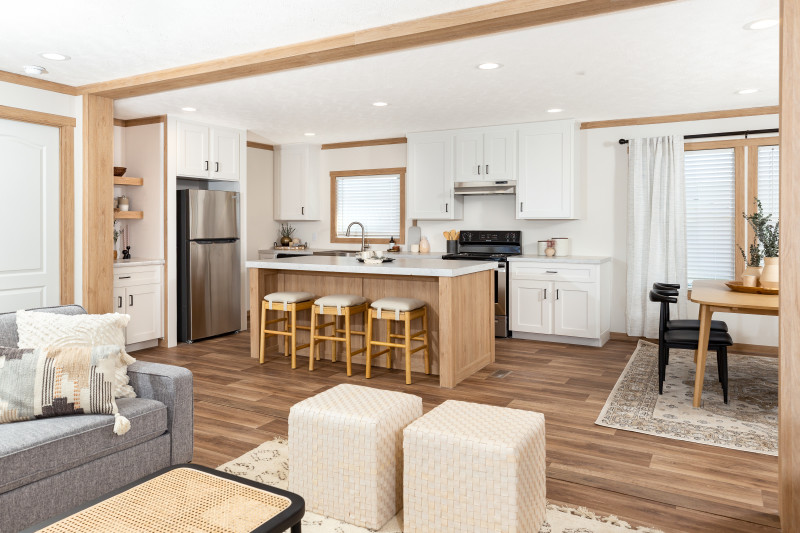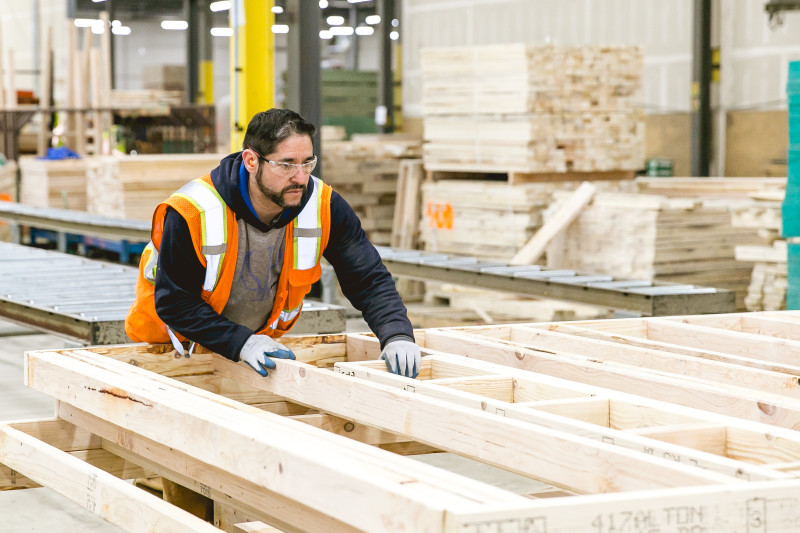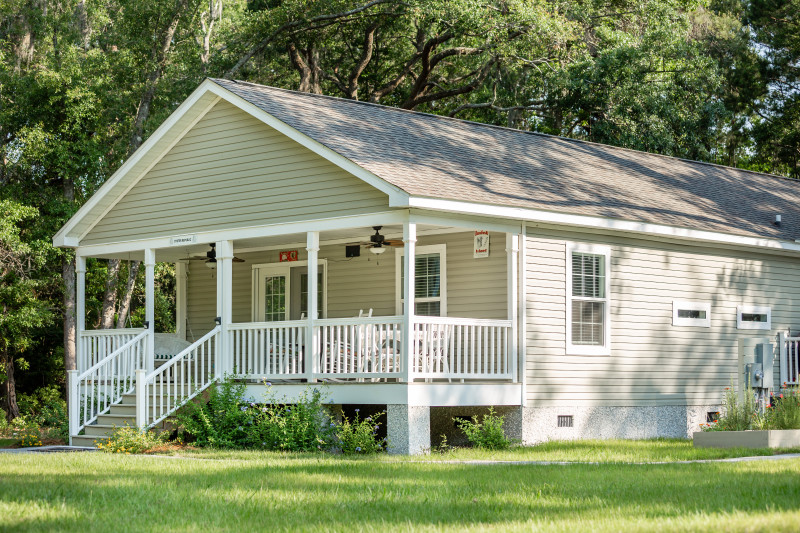Debunked! Myths About Modular Homes

We know there are still some misconceptions out there when it comes to modular homes. So, let’s debunk some of the most common myths about this type of prefabricated housing, from the construction process to home appreciation over time.
Modular homes are a beautiful and affordable option for buyers, with a range of styles, features and prices. And while some people might still think they’re the same as older mobile homes, modular homes actually combine some of the best features of prefabricated and traditional site-built homes.
Modular homes are constructed inside of a facility using a streamlined construction process and then delivered to the home site, like manufactured homes. But while manufactured homes are built to national HUD Code, modular and site-built homes are constructed to state and local codes based on the home’s location.
At Clayton, we know it can definitely feel a little confusing if you’re trying to understand the differences between these home types, which is probably where a lot of common misconceptions have come from over the years. However, many of the myths people may believe about modular homes are simply not true. We’re looking at the three we hear most often and breaking down the facts.

Myth 1: Modular homes look “cheap.”
Like I said above, many people still picture the mobile homes of decades past when they think of modular homes. But you’ll find today’s modular homes look similar to many site-built homes, with many of the same styles and materials.
Spacious front porches and attached garages are just some of the features you’ll see in modular homes, along with different roof, window and siding styles. And that’s just on the outside! When it comes to the interior, you’ll find options like large kitchens with islands, built-in storage, flex spaces, standalone bathtubs, utility rooms and more.

Myth 2: Modular homes don’t last.
Another misconception we sometimes hear is that modular homes are built using cheap or low-quality materials, but that’s not the case at all. At Clayton, we’re committed to quality and durability. After all, it’s not enough for a home to be beautiful. It needs to be strong, reliable and energy-efficient, too. That’s why we partner with top home building brands you know and trust to ensure our modular homes will be there for you and your family for the years to come.

Myth 3: Modular homes don’t appreciate in value.
Buying a home is a big financial decision, so I understand why people might have a lot of questions about this topic. Like with a site-built home, the appreciation of a modular home depends on several factors. The condition of the home, its features, the location and the amenities in the area all determine a home’s value over time, as well as the overall housing market. An affordable modular home can definitely be a great investment in your future, giving you the freedom and security to focus on your financial goals.
I hope this post answered some questions (and maybe even challenged some preconceived ideas) you may have about modular homes. Ready to learn even more about prefabricated homes and everything they can do? You can head over to the Home Building section of our Clayton Studio blog for information on our home construction process, different building codes, energy efficiency and more.
Are you ready to find your dream home?
Start shopping now or find a home center in your area to learn more about Clayton Built® home options.By entering your email address, you agree to receive marketing emails from Clayton. Unsubscribe anytime.
© 1998-2024 Clayton.

